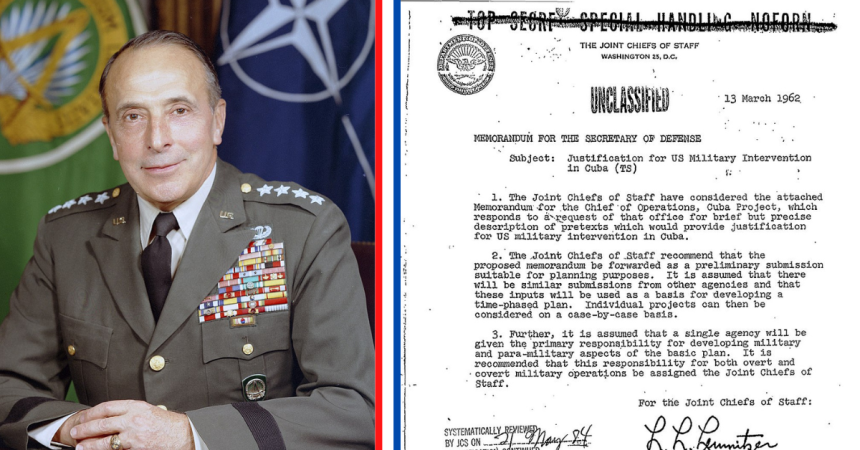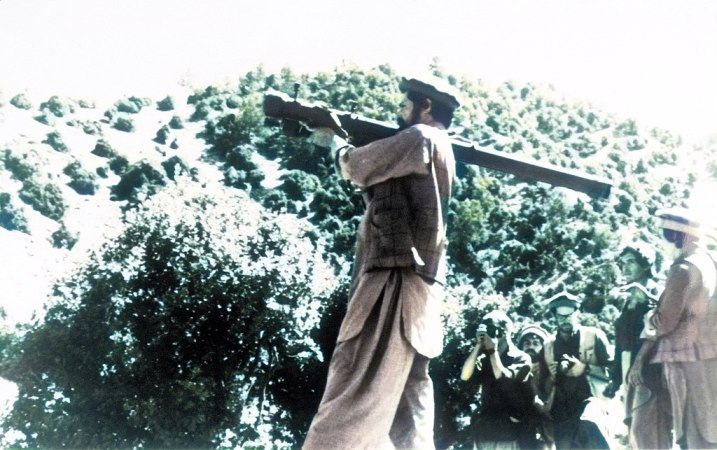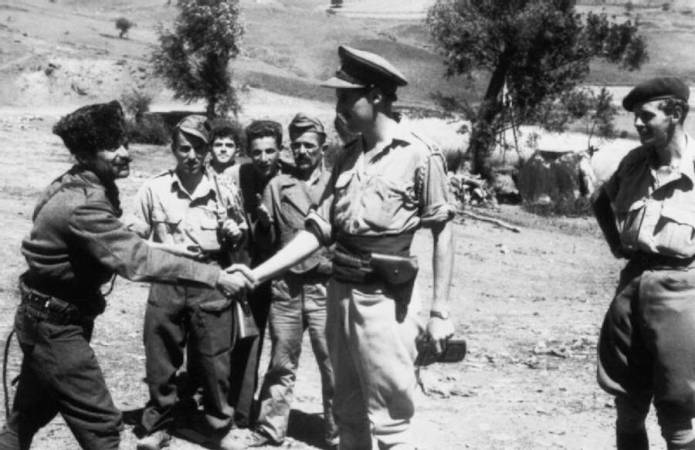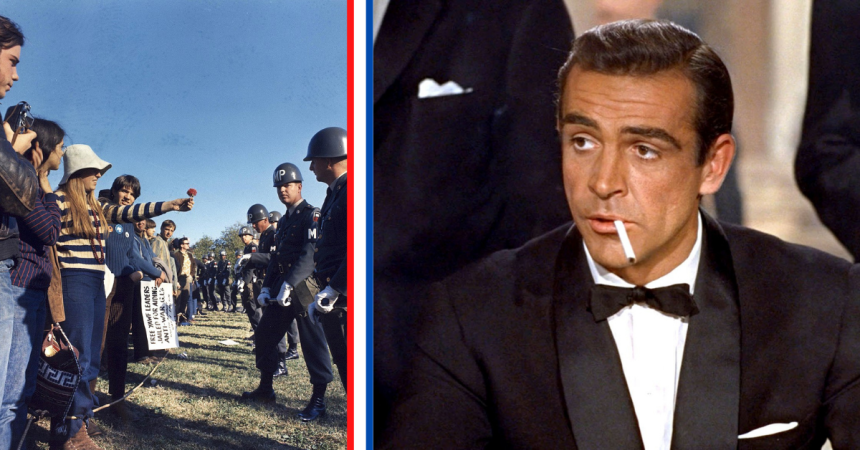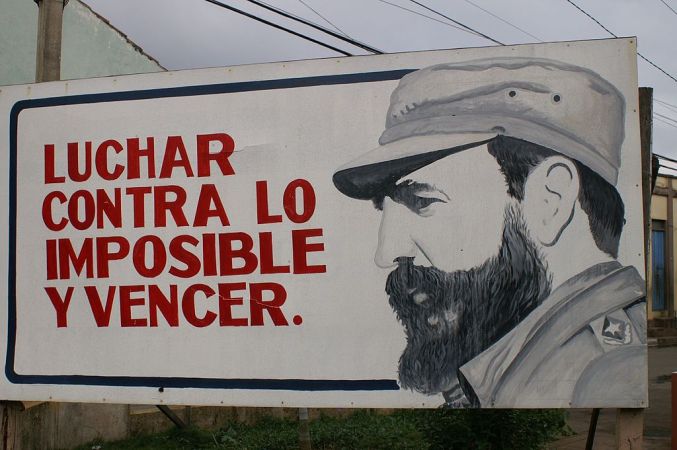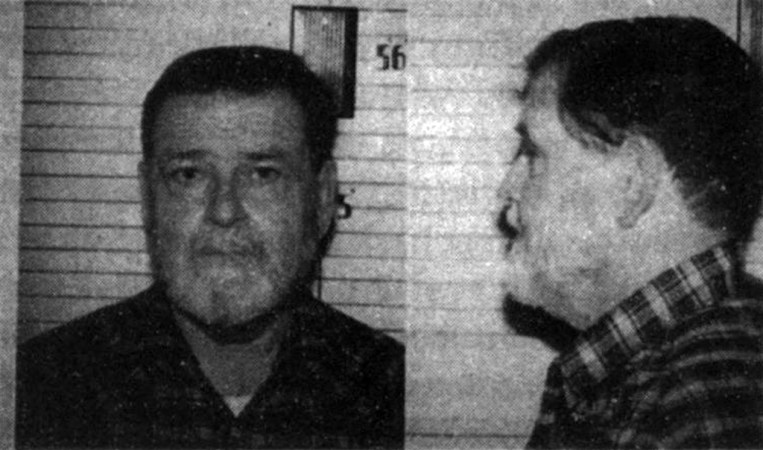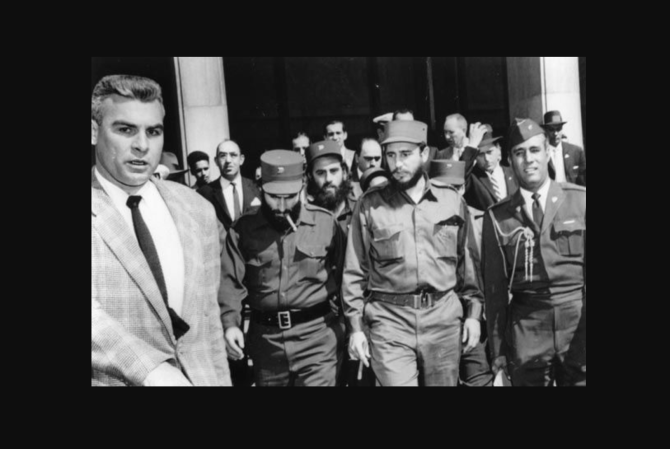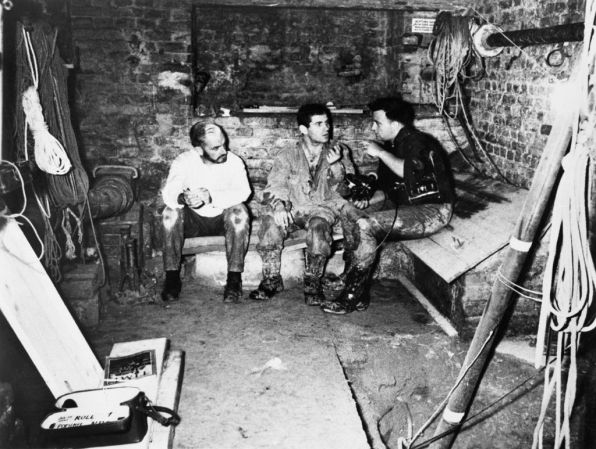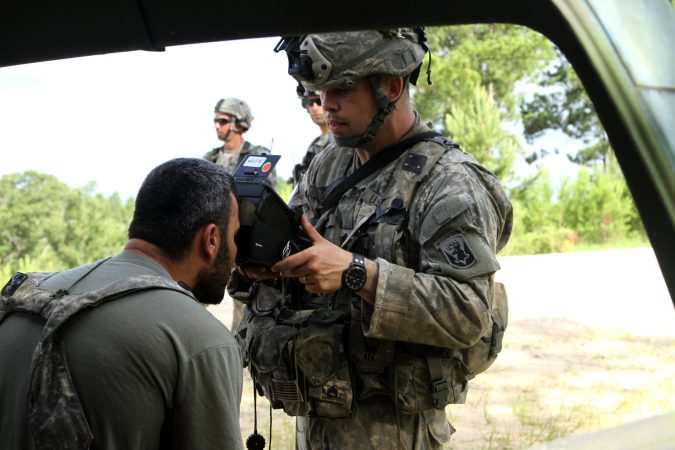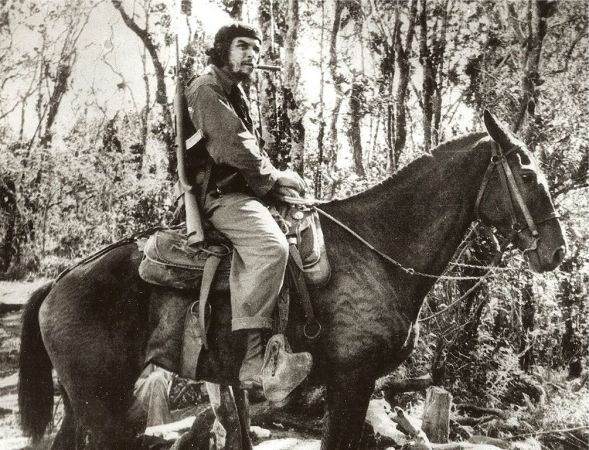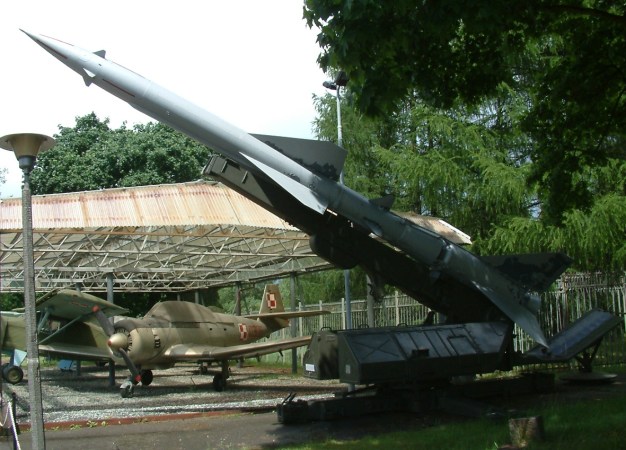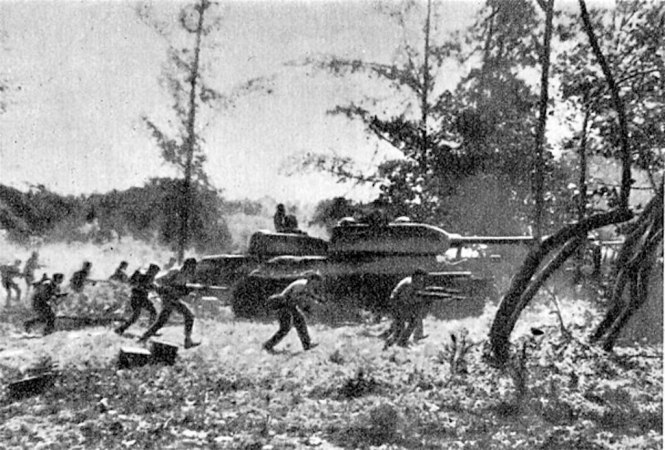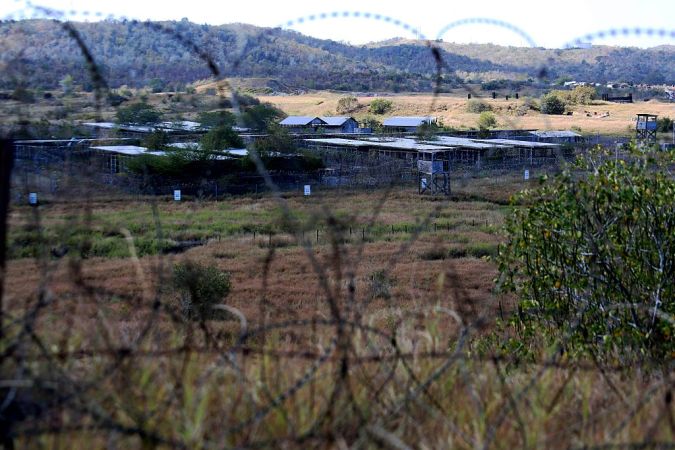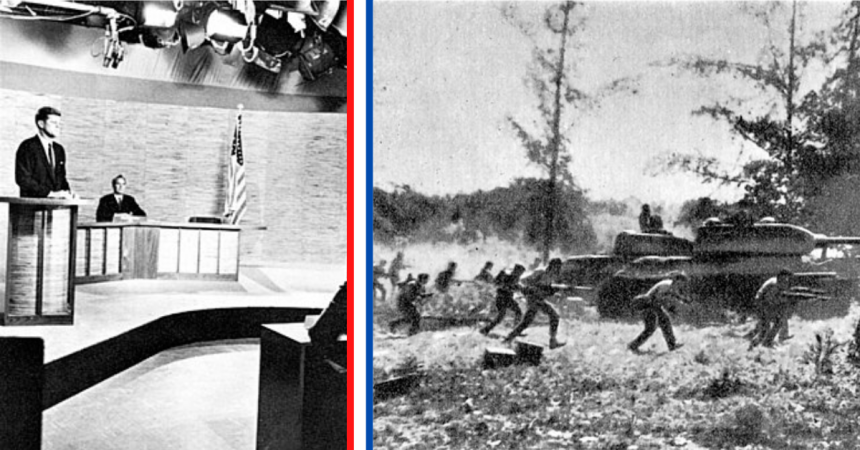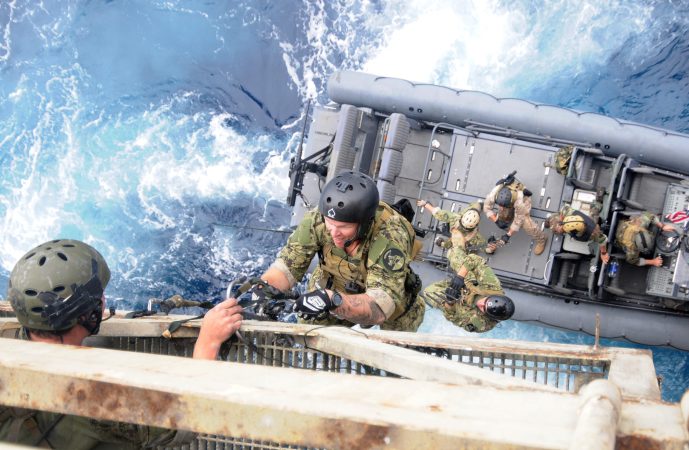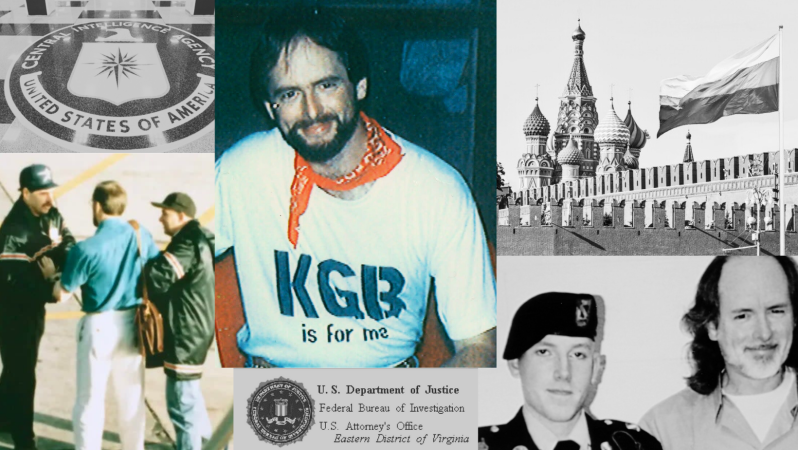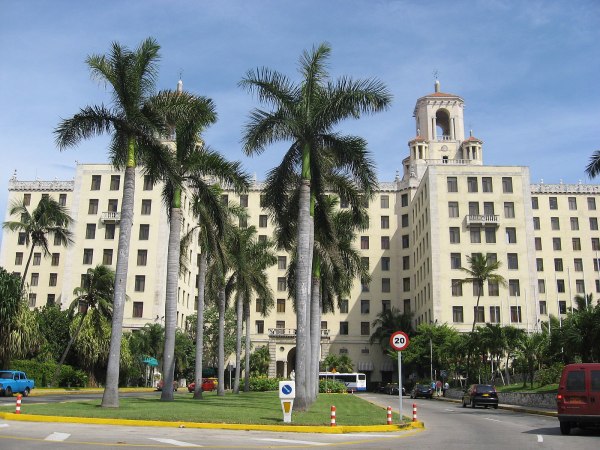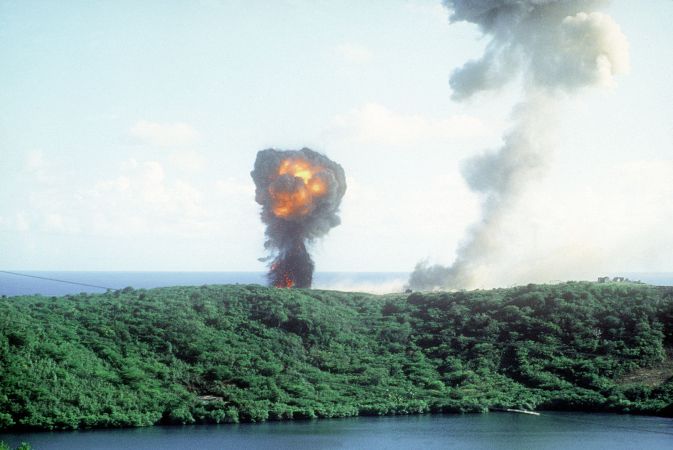In the early 1960s, Operation Mongoose became the CIA’s audacious secret plan to topple Cuban leader Fidel Castro and counter the rising tide of communism. Officially greenlit on November 30, 1961, the operation aimed to incite a “revolutionary” atmosphere in Cuba that would ultimately lead to Castro’s downfall. Set against the backdrop of the Cold War, America desperately sought to gain the upper hand, setting the chessboard for high-stakes maneuvers like Operation Mongoose.
The tactical genius behind Operation Mongoose was Edward Lansdale, a U.S. Air Force officer and seasoned CIA operative. Known for his innovative counterinsurgency strategies in the Philippines and Vietnam, Lansdale was considered the right man for the job. He wasn’t working in a vacuum, though. Lansdale coordinated with heavy hitters from across the intel community.

What made Operation Mongoose even more intriguing was its diverse coalition of partners. Lansdale roped in the Mafia—yes, you heard that right, the American mob. Their shared interest? Extensive casino and business losses in Cuba post-revolution. Cuban exiles, yearning for a return to their homeland sans Castro, also joined the cause. And let’s not forget the anti-Castro dissidents actually living in Cuba, who had the most to gain—or lose—from the operation’s success or failure.
While the objectives of Operation Mongoose were lofty, its impact was, to put it mildly, a hot mess. From failed assassination attempts using exploding cigars to a botched invasion known as the Bay of Pigs, the mission fell flat. The operation became a controversial chapter in Cold War history, raising questions about the ethics and effectiveness of such clandestine activities. Yet, it serves as an unforgettable case study in the complexities of geopolitical maneuvering.
A web of schemes
When it comes to clandestine activities and subterfuge, Operation Mongoose stands out as a textbook example. One major component was economic sabotage. The CIA deployed operatives to Cuba to target specific assets. For example, they rigged a sugar mill — a key source of Cuban income — to explode. These weren’t random acts of destruction. As with most CIA efforts, each move strategically aimed to cripple the crucial industries sustaining Castro’s regime. Operatives targeted power plants, oil refineries and even railroad tracks. Teams of operatives also planted pests in Cuban agricultural fields to ruin the crops, part of a broader plan to disrupt the country’s food supply and sow public discontent.
But it wasn’t just about blowing things up. The CIA also unleashed a psychological warfare campaign against Castro. Radio stations broadcasting from secret locations would air propaganda messages targeting both the military and civilians. Some broadcasts claimed high-ranking officials in the Castro administration were secretly planning to defect. Leaflets containing anti-Castro messages or detailing guerrilla tactics for ordinary Cubans were also airdropped over rural areas. These multi-pronged psyops aimed to create an environment ripe for revolution.
Assassination plots against Castro added another layer of complexity. Far from your standard cloak-and-dagger stuff, these plans ventured into the realm of the bizarre. Op planners toyed with various methods to eliminate Castro. Ideas ranged from exploding cigars to a fungal-infected diving suit meant to give Castro a skin disease. There was even a plot to place thallium salts in his shoes to make his iconic beard fall out, undermining his charisma. Although these assassination attempts have been widely publicized, they remain emblematic of the audacity and breadth of the operation.
Enter the Cuban exiles
Then there’s the Florida angle. Deep in the Everglades, the CIA established secret training camps. They trained Cuban exiles, many of whom had fled Cuba after Castro’s rise to power, in guerrilla warfare, demolitions, and espionage. These recruits were called “Brigade 2506,” a nod to the Bay of Pigs invasion force. Equipped with American-made weapons and under the tutelage of CIA instructors, they underwent rigorous training regimes to prepare for missions aimed at destabilizing Cuba from within. Once ready, they would infiltrate Cuba by boat or low-flying aircraft, blending in with local populations while working to incite uprisings.
This aspect of Operation Mongoose, dedicated to training anti-Castro forces, was meticulously organized. Recruits underwent polygraph tests to confirm their loyalty, and the CIA kept exhaustive records tracking each participant’s skills, psychological profile, and mission readiness. Resources were poured into this aspect of the operation, underlining its perceived importance in the larger anti-Castro strategy.
Failure and fallout

Despite its vast scope and elaborate planning, Operation Mongoose was largely ineffective. The Cuban government was too resilient, and Castro remained a step ahead. By October 1962, the operation took a back seat during the Cuban Missile Crisis. After the crisis was resolved, the focus shifted toward diplomatic solutions, leading to a decline in covert activities against Cuba.
The fallout of Operation Mongoose had lasting implications. It exposed a dark side of American foreign policy, with ramifications felt during subsequent administrations. The operation severely strained U.S.-Cuban relations, setting a tone of mistrust that endured for decades. Operation Mongoose also gave the Soviet Union propaganda fodder, painting the United States as an aggressor willing to stoop to underhanded tactics to achieve its goals.
Operation Mongoose remains a contentious chapter in American history. It serves as a cautionary tale about the perils of covert intervention, showcasing how such actions can backfire and worsen relations between nations.
The operation also had an impact on the intelligence community. It led to increased scrutiny of CIA activities, influencing later efforts to make the agency more accountable for its actions. Legislation like the Hughes-Ryan Act of 1974, which required the CIA to report all covert activities to congressional committees, can trace its roots back to the backlash against operations like Mongoose.
So, what can the modern military audience glean from this? Operation Mongoose teaches us the importance of calculated strategy, the risks of underestimating an opponent, and the long-term consequences that can stem from covert operations. It’s a story that, despite its age, remains incredibly relevant today.



